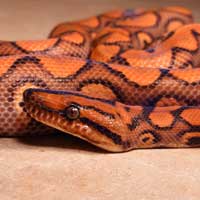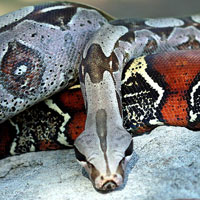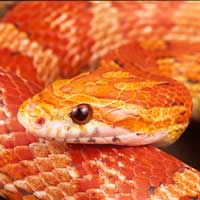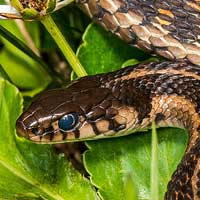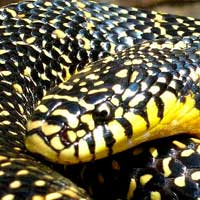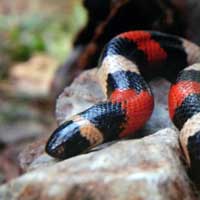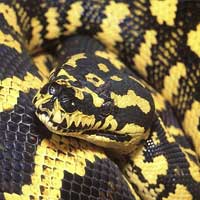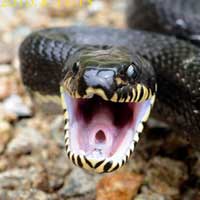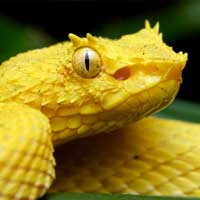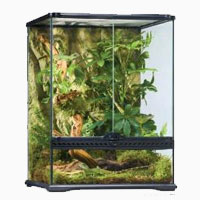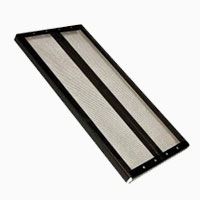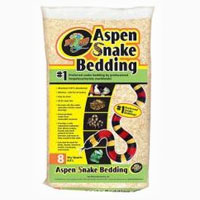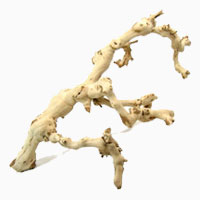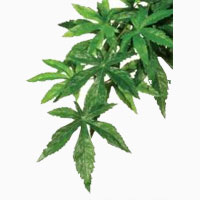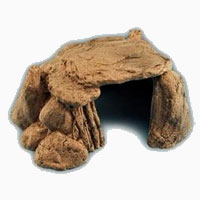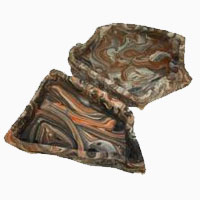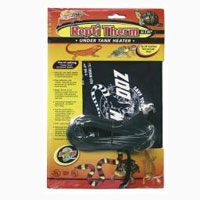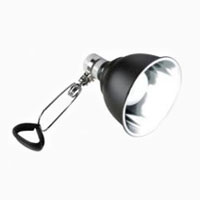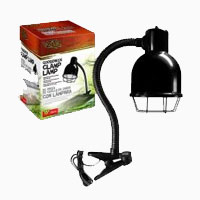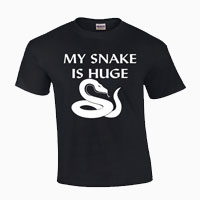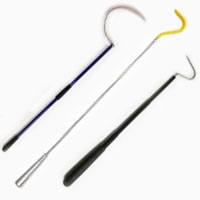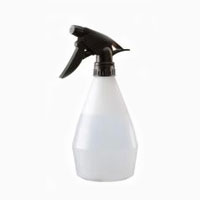Brooks Kingsnake
Scientific Name: Lampropeltis Getula Brooksi
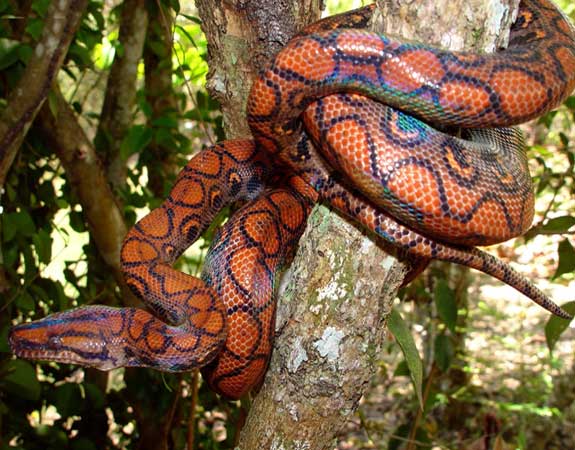
Share this Post
Brooks kingsnake belongs to colubridae family. It is non-venomous with scales all over its body. The snake is not harmful to humans and has some medically important snake bite. It has a unique coloration, protruding eyes and a post ocular stripe. The males are huge and have a length that ranges from 4 to 6 feet. Brooks king snake has a variety of coloration on its body therefore, it exhibits beautiful patterns. Its scientific name is Lampropeltis Getula Brooksi.
Brooks Kingsnakes Are Beautiful Creatures
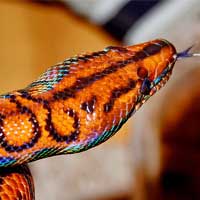
Facts About Brooks Kingsnakes
Geographic Location
Brooks kingsnake is not widely distributed as other species. As such, it is mainly found in Florida especially in the southern parts. Since it is a subspecies of Florida kingsnake, it is not found in very many regions.
Habitat
Brooks kingsnake are found in farmlands, cypress swamps, oak hammocks and everglades. Since it has a good swimming ability, it is common in irrigation canals.
Behavior
Brooks kingsnake has a habit of feeding on other snakes. It also feeds on lizards and rodents such as rats. It feeds on snakes such as coral snakes, rattlesnakes and copperhead snakes. Brooks king snake is active during the day therefore is categorized as a diurnal reptile. During intense sunshine, they hibernate and emerge during the night. This explains their active summer nights. When brooks king snake is threatened, it vibrates its tail and produces a hissing sound before attacking its enemy. It uses its feces as a defensive mechanism.
Reproduction
Brooks kingsnake has a relatively short breeding period. This is so because winter season does not disrupt their breeding season and ability unlike other snake species that hibernate during winter thus prolonging their breeding season. They lay an average of 8 to 18 eggs between the months of May and June.
Captivity
Since brooks kingsnake has a beautiful skin and lacks venom, it is easy to capture them. Many people use this species as a pet. They live well in captivity.
